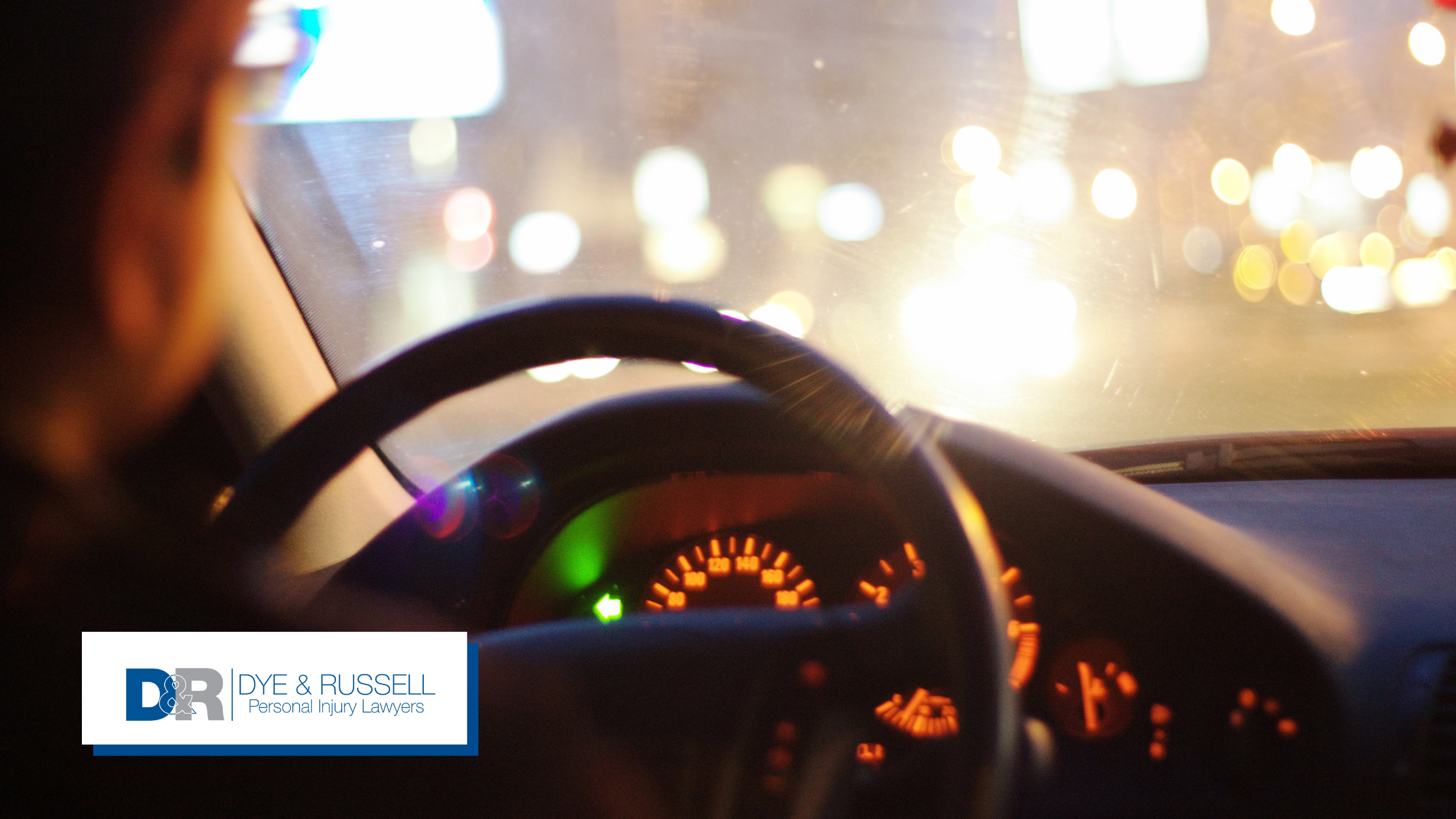Compared to driving during the day, navigating the roads at night can pose higher risks. Factors such as reduced visibility, heightened distractions, and the possibility of drowsiness contribute to the higher level of danger associated with nighttime driving. These factors often instill a sense of unease about night driving, leading some individuals to completely avoid it. However, since most drivers will inevitably need to venture out at night from time to time, it becomes essential to find ways to enhance safety and comfort during these journeys. Embracing the following tips can greatly contribute to a more secure and relaxed night driving experience.
Check Your Lights
Prior to driving at night, it is essential to verify that all the lights on your vehicle are functioning correctly. This includes headlights, taillights, brake lights, and turn signals. Ensuring proper illumination plays a vital role in enhancing visibility during nighttime journeys.
Keep Your Windshield Clean
Maintain a clean windshield by regularly cleaning both its interior and exterior surfaces. Dust, dirt, and streaks can lead to glare, impairing visibility.Keeping the windshield clear is crucial for a safe night driving experience.
Adjust Interior Light Panels
Excessively bright lights may reflect on the windshield, causing glare that reduces your ability to see clearly. By dimming the dashboard lights, you can limit distractions and ensure a safer driving experience after dark.
Increase Following Distance
Increase the gap between your car and the vehicle ahead to create a larger following distance. This additional space provides you with more reaction time in the event of sudden braking or emergencies.
Use High Beams Appropriately
Use high beams solely when there are no vehicles ahead or approaching. Once an oncoming car draws near or you are following another vehicle, switch to low beams to avoid blinding fellow drivers with the intense light.
Stay Alert and Rested
Given that night driving can be more fatiguing, it is essential to ensure you are well-rested before starting your journey. Take breaks as necessary during the drive to remain alert and focused on the road.
Watch for Wildlife
Exercise caution when it comes to animals crossing the road especially in rural or wooded regions. In these areas, reduce your speed and be prepared to brake promptly if needed to avoid any potential collisions with wildlife.
Driving at night presents unique challenges and requires extra attention to ensure a safe and comfortable journey. With these guidelines in mind, we can approach night driving with confidence, making our travels after dusk a smoother and safer experience for ourselves and our fellow drivers.
If you have been in a vehicle accident contact Dye & Russell for a free claim assessment. Know your rights, recover with Dye & Russell.






